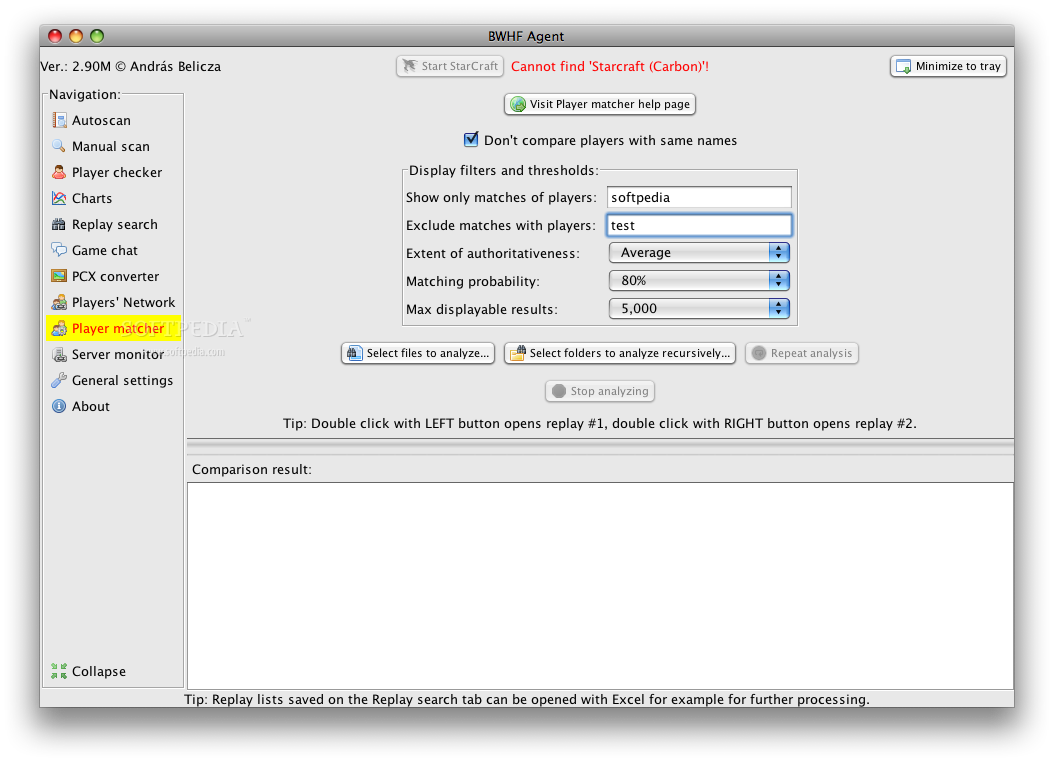Apple mac bios efi scbo binary file unlock hack crack. Cart and enter your Mac Serial Number. Unlock SCBO file pre loaded on usb within 1 to 3 working days via. IFile / Filza / iFunBox / iTools or any other file managers for iOS. - Cydia Substrate (from Cydia). - PreferenceLoader (from Cydia). Hack Features: - Radar Hack - Unlimited Ammo - No Spread - Night Vision Enabled - No FlashBang - No MedKit CoolDown.

How To Hack A Binary File On Macbook

When I login using SSH, all I can see is this...
I couldn't do anything in here. Commands such as halt, poweroff, reboot will return command not found.
How can I fix this? I am using Debian Squeeze Linux
Der Hochstapler7 Answers
How To Hack A Binary File On Mac Terminal
Usually that error message means Linux doesn't recognize the file as a shell script or as an executable file.
Typically the cause is running an executable on the wrong architecture - if you try to run x86 executables on an ARM CPU, this message comes up.
Did /usr/bin/id get overwritten, possibly?
Try to run it using ./executablefilename instead of using sh executablefilename. It's not a shell script after all.
RidDeBakTiYarRidDeBakTiYarThe problem is running a binary for a different processor architecture.You can use objdump (from binutils) to check architecture of binaries.You can use uname to check architecture of a machine.
e.g. I encountered this error 'cannot execute binary file' when installing FF.Communicator - a firefox plugin for chrome (so I can run pages that use java applets).
- objdump shows the binary is 64-bit elf64-x86-64
uname shows my machine is 32-bit i686
$ ./FF.Communicator bash: ./FF.Communicator: cannot execute binary file$ uname -mpioi686 i686 i386 GNU/Linux$ objdump -a ./FF.Communicator ./FF.Communicator: file format elf64-x86-64./FF.Communicator
objdump on a working binary on my machine shows it is 32-bit elf32-i386
$ objdump -a /bin/ls/bin/ls: file format elf32-i386
Using these tools you can check architectures of machines and binaries - not just intel architectures but any processor.
For Mac OSX users, you can find out the architecture info of a specific file using the 'file' command:
I'm making some wild guesses here, but it looks like the following is happening:
- You log in over SSH, triggering
bashto run your~/.profileor~/.bashrcto set up your environment for you (this is normal). - At some point it tries to execute
/bin/idto get your uid, which fails, causing integer expression error, and terminating the script before it can set up your$PATH. - Because your
$PATHis not set, bash is only able to run commands with the full path specified.
Use export PATH=/bin:/usr/bin:/sbin:/usr/sbin to fix the $PATH issue until you can fix the root cause of /bin/id failing.
binary file consists of machine instructions the processor can understand.Your operating system does not mean the same executable will run.move back and forth between the processor instruction set compatible with will usually work well,if they are not compatible CPU will not be able to understand instructions.
This means that you are trying to execute a binary file using your bash script which is not intended to be run as you trying it to be. It is already a binary file and you are trying your $SHELL to parse and run it.
in a very simple example, if you try to run `w' command like
similarly you might be hitting the same method or as it looks from your code snippet.
While , for the remaining for your commands, Al these halt, shutdown , reboot etc commands are the root owned commands and need super-user prilveges to run and perform the required operation. normal users can't run them another explanation is that these commands are placed at /sbin/ and /usr/sbin , which might not be in your $PATH variable ( which is used to validate commands in your custody )
You are running wrong version of the installer, for example, 64bit machine and trying to install 32bit version of the installer.
protected by Community♦Mar 30 at 13:32
Thank you for your interest in this question. Because it has attracted low-quality or spam answers that had to be removed, posting an answer now requires 10 reputation on this site (the association bonus does not count).
Would you like to answer one of these unanswered questions instead?
Not the answer you're looking for? Browse other questions tagged linuxbashsshdebian or ask your own question.
Gatekeeper's Failure Once Again
'Even on a fully-patched OS X 10.11.2 system, Gatekeeper is trivial to bypass,' Wardle wrote in a blog post. 'So hackers can (re)start their trojan distributions while nation states can get back to MitM’ing HTTP downloads from the internet.'
- Checking the initial digital certificate of a downloaded app
- Ensuring the app has been signed with an Apple-recognized developer certificate
- Ensuring the app has been originated from the official App Store
How to Bypass Gatekeeper in OS X?

- Identified an already-signed binary file (Binary A) that runs a separate app (Binary B) located in the same folder
- Renamed Binary A
- Swapped out the legitimate Binary B with a malicious one
- Then bundled malicious file in the same folder under the same file name, Binary B